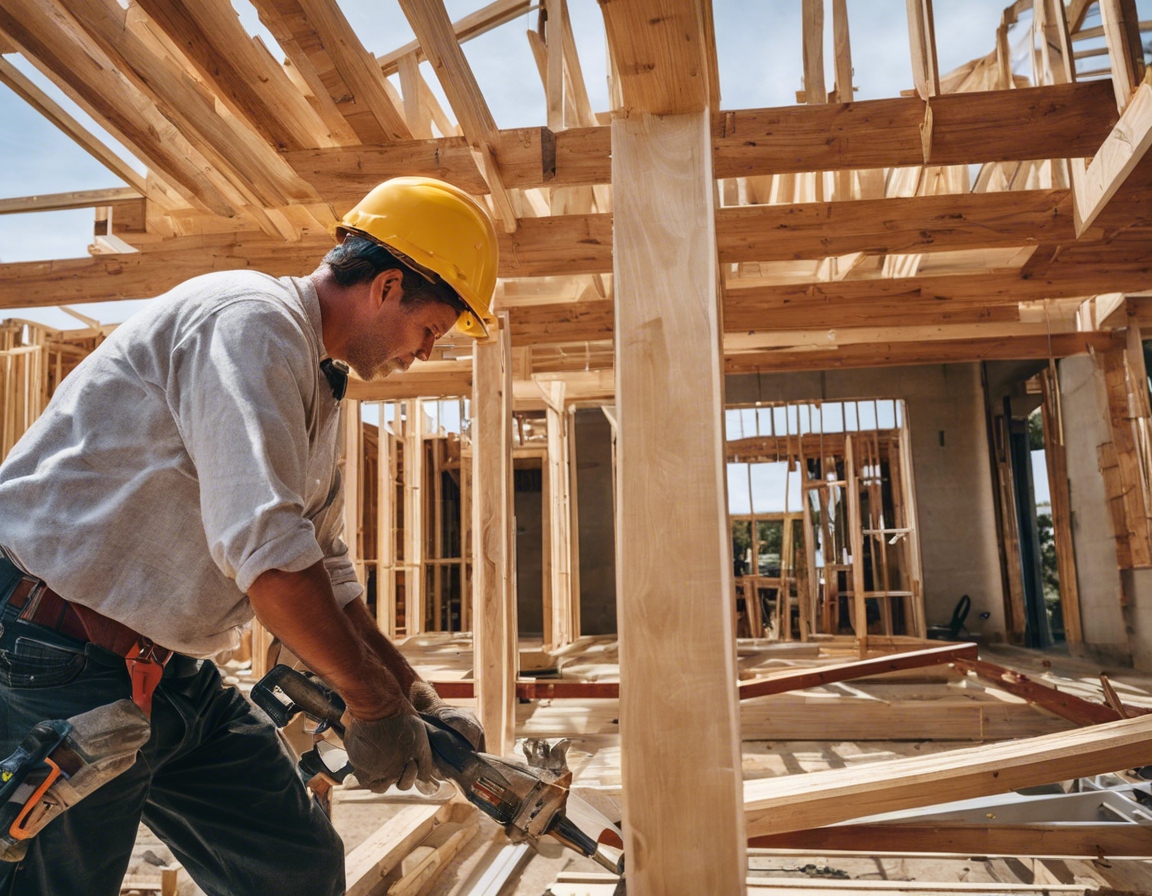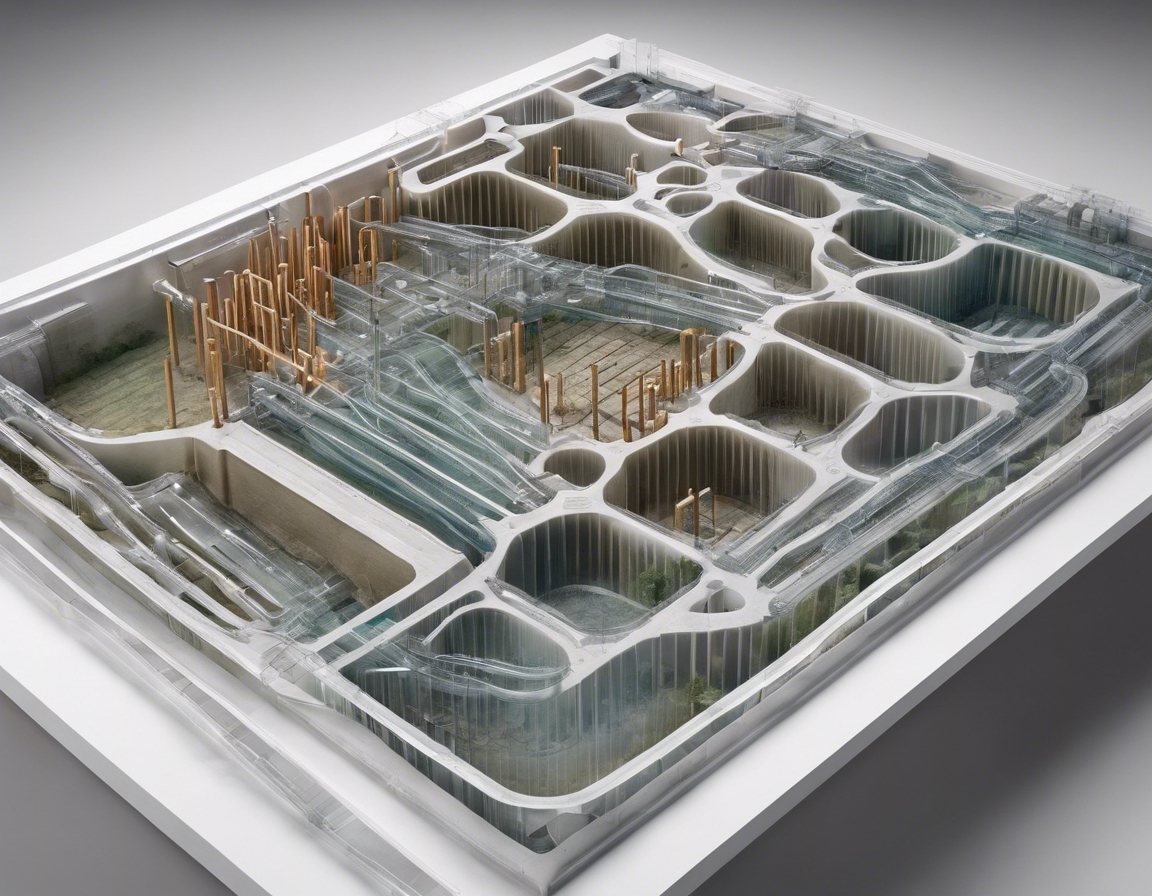Understanding the importance of efficient drainage systems
Drainage systems are an integral part of any construction project, serving the critical function of managing water flow to prevent damage and maintain a safe, healthy environment. An efficient drainage system is designed to handle excess water due to rain, flooding, or other sources, directing it away from structures to appropriate disposal areas.
A drainage system consists of a network of pipes, channels, and supporting structures that collect and transport water away from areas where it's not wanted. The goal is to prevent water accumulation that can lead to flooding, soil erosion, and structural damage.
Efficient drainage systems are essential for protecting the integrity of buildings and landscapes. They prevent water from compromising foundations, flooding basements, or creating standing water that can attract pests and breed disease. Moreover, they play a vital role in managing stormwater, reducing the impact on local waterways and ecosystems.
The Impact of Inadequate Drainage
Inadequate drainage can lead to water pooling around foundations, causing cracks, settlement, and even collapse. It's a serious concern that can result in costly repairs and decreased property value.
Standing water is a breeding ground for mosquitoes and other pests, increasing the risk of diseases like West Nile Virus and Zika. It can also lead to mold and mildew growth, which pose significant health risks.
Improper drainage can cause soil erosion and sedimentation in waterways, harming aquatic life and degrading water quality. It's crucial to design systems that mitigate these environmental impacts.
Components of an Efficient Drainage System
Pipes and conduits are the veins of a drainage system, transporting water from one place to another. They must be sized and installed correctly to handle the expected water volume.
Gradients are essential for ensuring water flows in the right direction. A well-designed gradient prevents water from stagnating and helps to avoid backflow issues.
These include gutters, drains, and catch basins that capture water before it can accumulate. They must be strategically placed to be effective.
Once collected, water must be disposed of properly. This can involve directing it to public sewers, retention ponds, or into the ground through infiltration.
Drainage Solutions for Different Settings
For homes, drainage solutions may include French drains, sump pumps, and proper landscaping to direct water away from the structure.
Commercial properties often require more complex systems, such as stormwater management ponds and oil/water separators, to handle larger volumes of water and potential contaminants.
In urban areas, drainage systems must be designed to handle high volumes of runoff from impervious surfaces while minimizing the impact on the municipal system.
Best Practices for Drainage System Maintenance
Regular inspections can identify potential issues before they become major problems, ensuring the system continues to operate efficiently.
Keeping drains and pipes clean is essential to prevent blockages that can lead to flooding and damage.
Over time, drainage systems may need upgrades or repairs to handle new challenges or to replace worn components.






Comments (0)